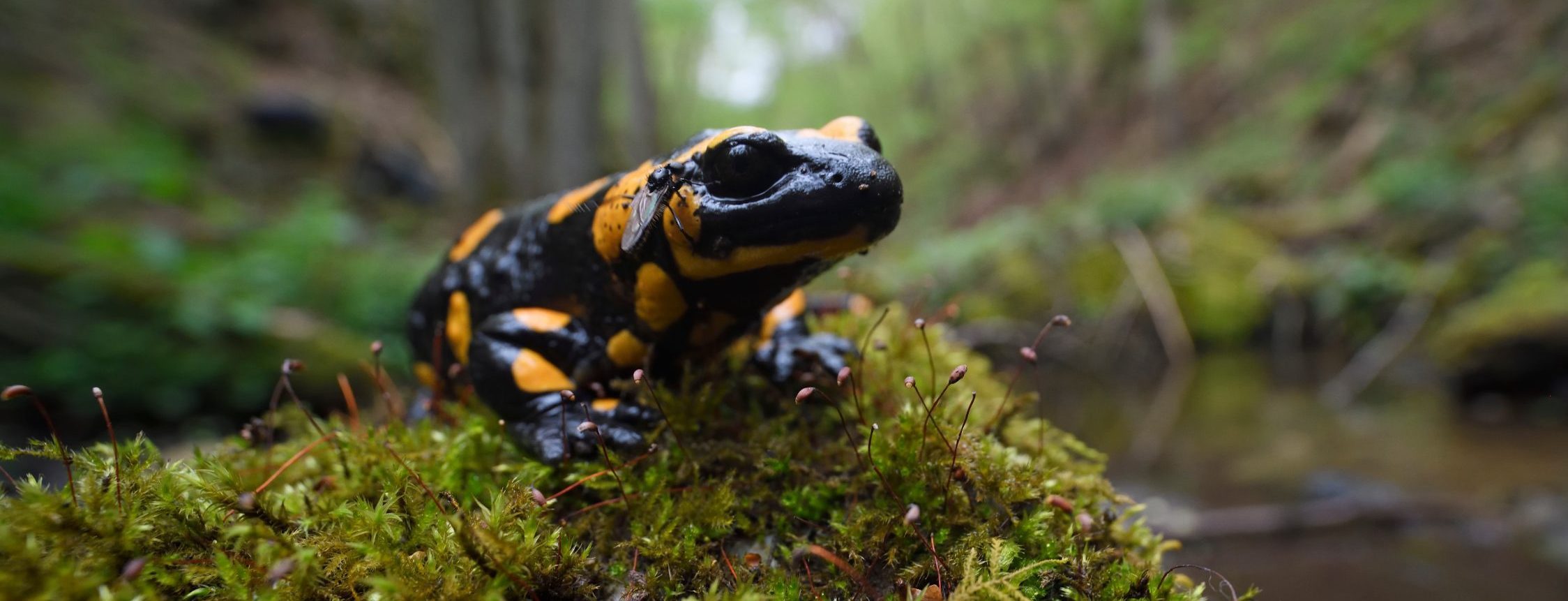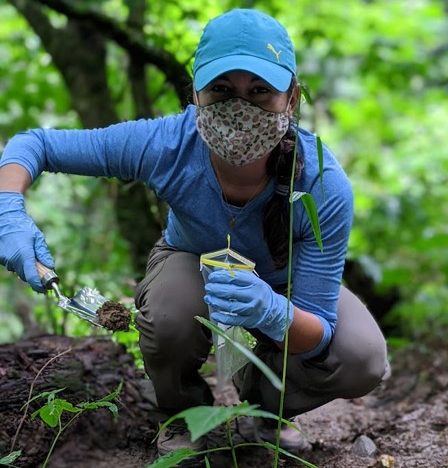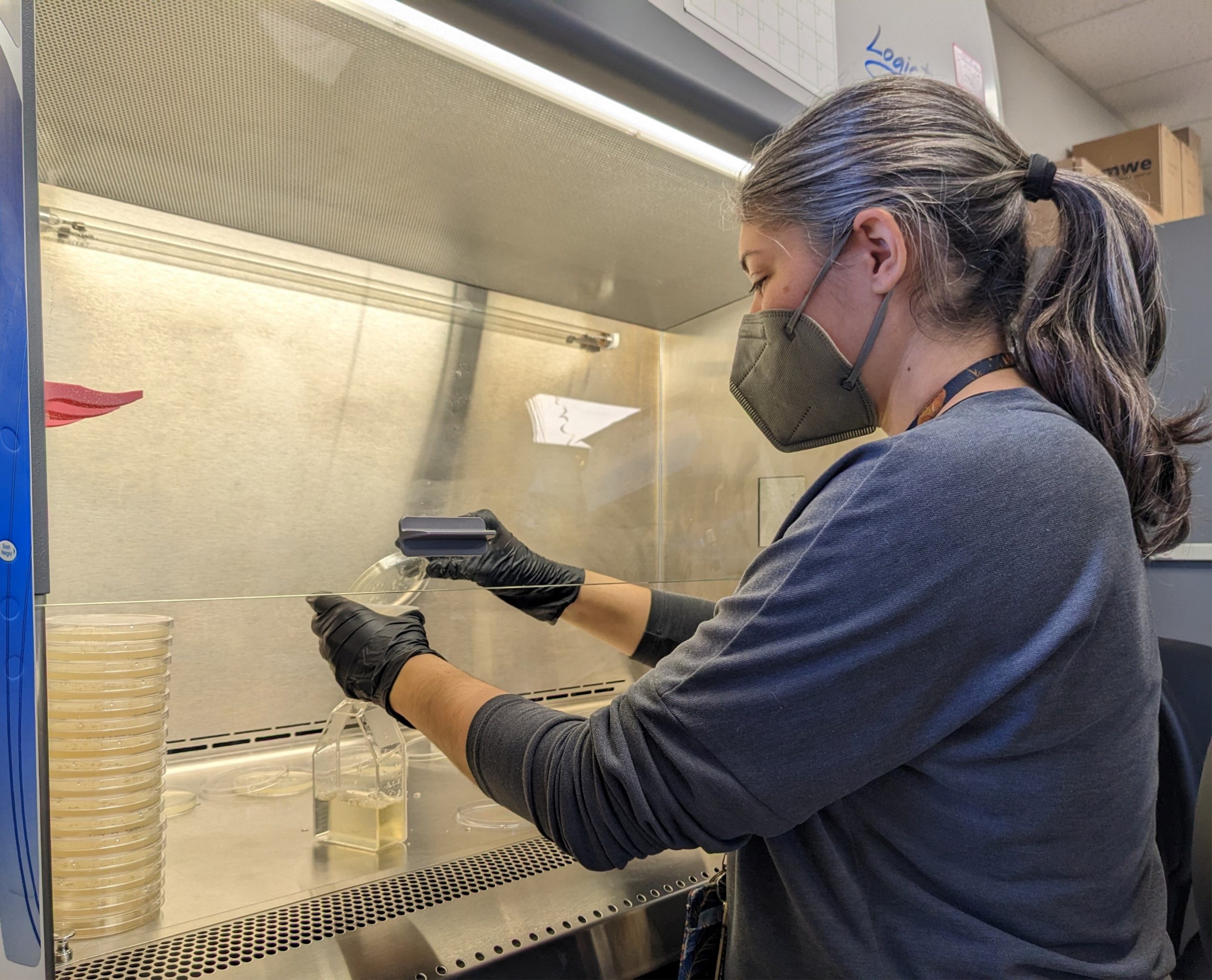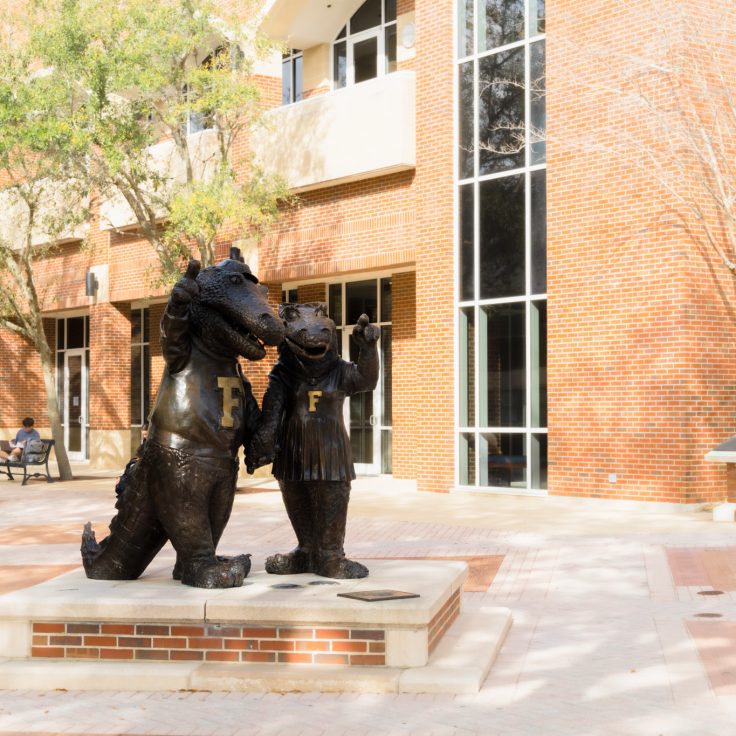
Invasive amphibian pathogen may have no issues adapting to American soils
A new study from UF biologists raises concerns over a fungal pathogen’s ability to survive in Appalachian soils
Biologists have long revered amphibians as environmental barometers, thanks to their permeable skins and close ties with their ecosystems. However, the tranquility of this natural balance has been disrupted in recent times, particularly for European salamanders.
A new invasive pathogen has emerged, raising concerns over its potential to propagate in , particularly across the southeastern United States. A recent study from the UF Department of Biology has found that while bacterial communities in Appalachian soils were able to inhibit some of the pathogen’s growth, it persisted in troubling amounts.

This study, published in Proceedings of the Royal Society B, was conducted by a team of researchers from the Department of Biology led by Assistant Professor Ana Longo. The research was part of the doctoral dissertation of Sarah McGrath-Blaser, who recently graduated in August 2023. The team also included master’s student Natalie McGathey, undergraduate student Allison Pardon, and PhD candidate Arik Hartmann.
The main goal of this study was to learn more about a fungus called Batrachochytrium salamandrivorans (Bsal). This fungal pathogen poses a serious threat to salamanders, as it infects their skins and inflicting widespread wounds. While the U.S. has evaded noticeable outbreaks of this pathogen so far, the swift transmission capabilities of Bsal underscore the importance of vigilance.

“The U.S. holds 28% of the global salamander diversity, including species such as the eastern newts that are extremely abundant and susceptible to Bsal. If Bsal is introduced, we should notice it,” Longo said.
This “salamander-devouring fungus” was first reported in Belgium in 2013 and quickly spread to Germany, France, and northeastern Spain. Experts believe it was introduced by the pet trade in the United Kingdom. A wave of mass mortalities has been observed among fire salamander populations, predominantly in Belgium and the Netherlands.
“The Smoky Mountains are the proclaimed ‘Salamander Capital of the World,’” McGrath-Blaser explained. “Some of these species, like the widely dispersed eastern newt, have the potential to be super spreaders. Add human-mediated dispersal into the mix, and the threat escalates towards a catastrophe.”
The team hoped that they could learn more about how Bsal spreads through soil by cultivating samples infected with the fungus and comparing their growth rates to Batrachochytrium dendrobatidis (Bd), a fungal pathogen that shares some similarities to Bsal and has caused catastrophic declines of frogs in many parts of North and Central America.
To observe the changes in pathogen growth under controlled conditions, samples of soil were collected from five locations in the Great Smoky Mountain National Park and transported to the Longo Lab. There, the soil samples were divided and inoculated with varying levels of the fungal pathogens, with their concentrations regularly measured over two weeks.

The team’s findings, while somewhat anticipated, sparked concern. As expected, neither of the quantities of Bd and Bsal increased above the starting amount, indicating inhibition by microbiomes present in the soil samples. However, Bsal quantities were more stable than Bd, persisting in “worrying” quantities regardless of active microbial community presence.

“In water, Bsal spores are resistant to microscopic predators, and there is evidence that they are tough enough to withstand drying out on land, although this has yet to be tested,” Hartmann explained. “These features help Bsal invade and persist in many different habitats, increasing its potential to infect many salamander species if introduced to North America.”
The differences in reactions could stem from a variety of factors, but one difference between the two pathogens sticks out. Bsal’s spores have thicker cell walls than Bd, which helps them remain viable longer. This could not only increase the chances of individual infection but could also lead to more long-distance dispersal events.
“Bsal’s cell wall protects it from degradation from microbes, rendering it more resilient,” Longo said. “This is also important to consider when testing the efficacy of disinfection procedures to prevent pathogen spread across populations.”
There are a range of factors that, while not observed in this study, the research team believes would be a great fit for future studies. These include climate change, extreme weather, chemical alteration, and human interference, all of which would require greater resources and would likely require a lot more field and empirical research. McGrath-Blaser is currently working on predicting potential routes of Bsal introduction in the Great Smoky Mountains National Park based on recreation and hiker intensity data.

“Although Bsal is an important threat to salamanders, many amphibians are still declining due to Bd, even in the United States,” Longo said. “Our study identified bacteria with a great potential to be used to control outbreaks”.
“Informing prevention and preparing for reaction are important factors for protecting these creatures, which are crucial to overall ecosystem health,” McGrath-Blaser added.
Read the full study here.


